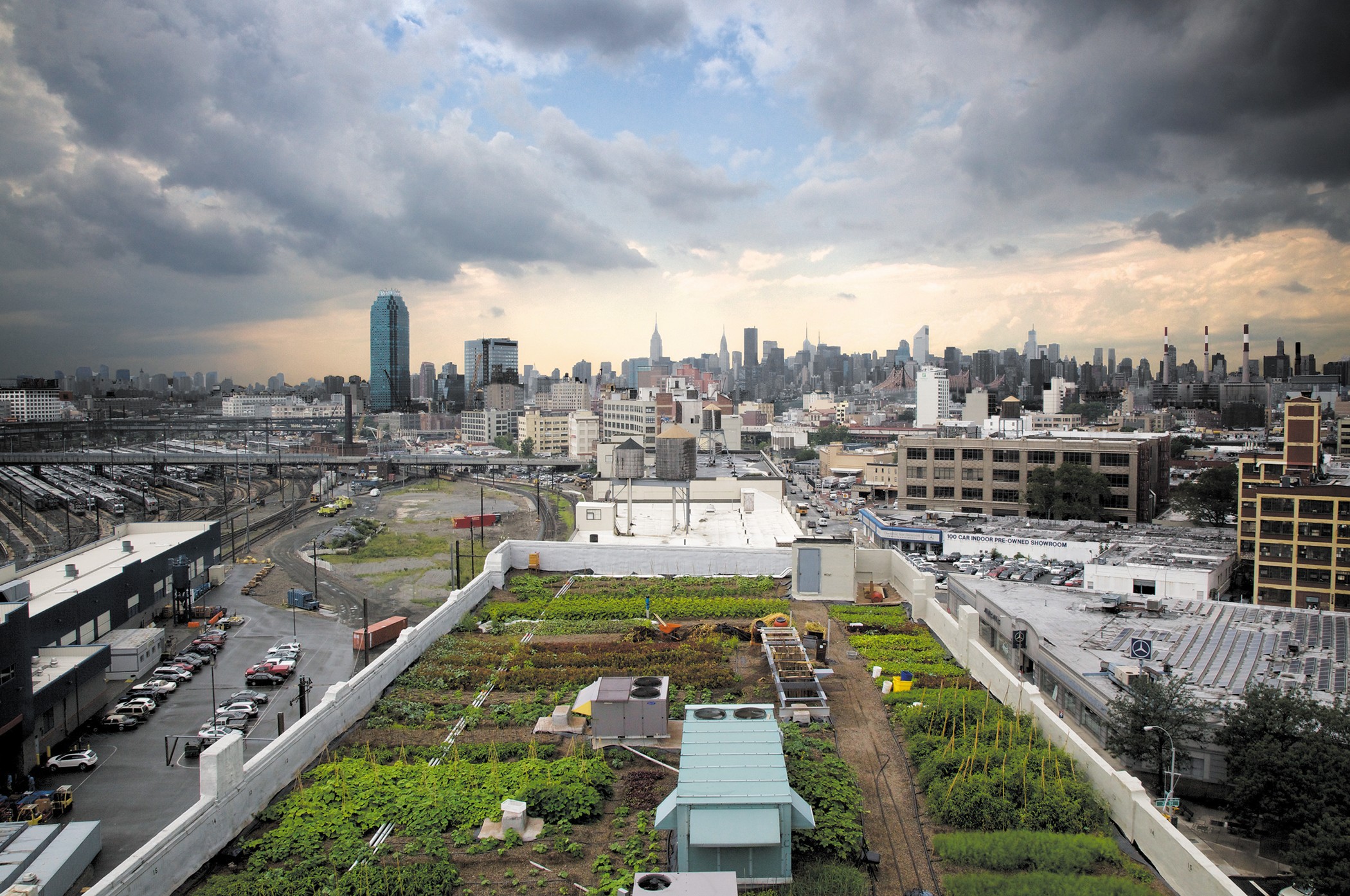The 6-Minute Rule for City Blooming
Table of ContentsSome Known Facts About City Blooming.How City Blooming can Save You Time, Stress, and Money.The City Blooming PDFsThe Ultimate Guide To City BloomingOur City Blooming Diaries
Interested in expanding food for sale in the City of Chicago? Below is a checklist of frequently asked questions pertaining to the guidelines and regulations that cultivators must take into consideration when planning a city farming task.
The zoning change does not modify any other codes managing composting, structure permits, acquiring or leasing City had home, business licenses or environmental contamination. There are existing codes that regulate these problems and they stay in complete effect and may be applicable to your job. Community yards are normally had or handled by public entities, public organizations or community-based organizations and preserved by volunteers.
Urban ranches expand food that is planned to be sold, either on a nonprofit or for-profit basis. Due to their commercial function, urban ranches call for a company permit.
7 Easy Facts About City Blooming Explained
Composting is permitted yet only for plant product that is produced and used on site. The amount of compost product can not exceed 25 cubic backyards at any type of offered time according to the standards in 7-28-715 of the City's Municipal Code. Yes. Since the soil at most new garden sites needs modifying, compost, dirt, timber chips, or other products can be gotten to create or boost the growing space - home and garden.

If a building license is needed then the hoophouse will certainly be considered an accessory building. You can discover out even more concerning the structure license requirements by calling the Division of Structures. The 25,000-square-foot size restriction is planned to avoid a single neighborhood garden from dominating an offered block or taking away from the block's existing property or commercial character.
The restriction does not use to gardens situated in Public Open Room (POS) areas. Can there be more than one neighborhood garden that is 25,000 square feet on a solitary block? Fence is not called for, however, gardens that have large auto parking locations might be called for to install fence or other landscaping functions.
8 Easy Facts About City Blooming Explained
B1 & B2 areas need that all commercial usage activities be carried out inside your home. R areas limit industrial task. The guidelines reflect the purpose and intent of the Zoning Code. Is secure fencing required for metropolitan farms? Yes. Fences might be called for, together with landscape design and screening, for specific car park areas and outdoor work or storage space locations relying on location and the certain activity occurring.
Yes. Urban ranches require structure permits and zoning authorizations before building and construction. Various other forms of city evaluation may be needed depending upon details frameworks, tasks, size, landscape design, licensing, public health and stormwater administration problems. Numerous of these needs are identified in the project style or allowing procedure, nevertheless, the applicant might be accountable to individually recognize details licenses or allows that may be needed.
The Department of Service Matters and Customer Protection can help figure out the details kind of company certificate that's called for. Off road parking is needed for many commercial jobs in Chicago. The required number of parking areas is based on the number of employees working on site and not the square video of the growing area.
Some Known Details About City Blooming

Yes. A metropolitan ranch can market garden compost material generated on website, however, the operation should adhere to the guidelines in 7-28-715 of the Chicago Municipal Code. Yes. Aquaponic systems are allowed inside on urban ranches in lots of zoning areas. However, a zoning review and structure license is needed in order to install structures or systems and a company license is required as explained over.
As much as 5 hives or swarms of honey bees might be kept as an accessory use. Nevertheless, beekeepers should sign up with the Illinois Department of Farming. For additional information concerning the recommended zoning change you might speak to the Division of Housing and Economic Development, Bureau of Preparation and Zoning at 312.744.8563.
Farming in cities and city locations A city ranch in Chicago. Urban agriculture refers to different practices of cultivating. https://cityblooming.start.page, processing, and distributing food in metropolitan areas. The term also applies to the location tasks of animal husbandry, tank farming, beekeeping, and gardening in an urban context. Urban farming is differentiated from peri-urban farming, which takes location in country locations at the side of suburbs.
Excitement About City Blooming
It can involve a motion of organic growers, "foodies" and "locavores", who look for to develop socials hop over to here media based on a common ethos of nature and neighborhood holism. These networks can develop using formal institutional support, becoming integrated into regional town as a "transition town" movement for lasting metropolitan development.
In either instance, the more straight access to fresh vegetable, fruit, and meat items that may be realised through city farming can boost food safety and security and food security while lowering food miles, bring about lower greenhouse gas emissions, therefore adding to environment adjustment mitigation. A few of the very first evidence of urban farming originates from Mesopotamia.